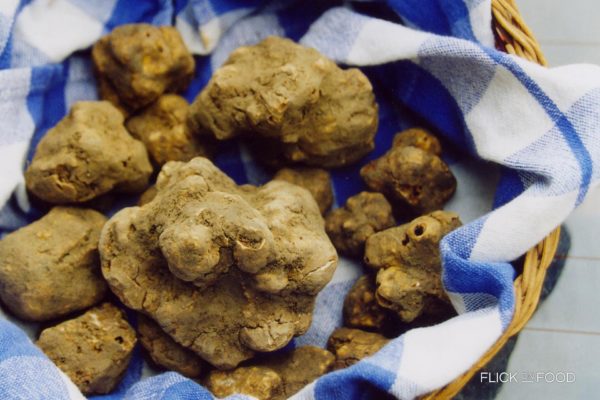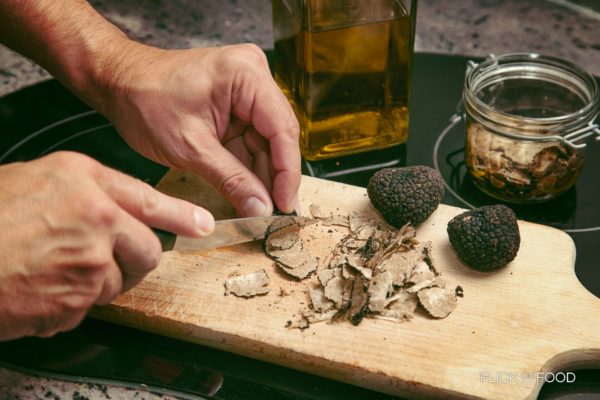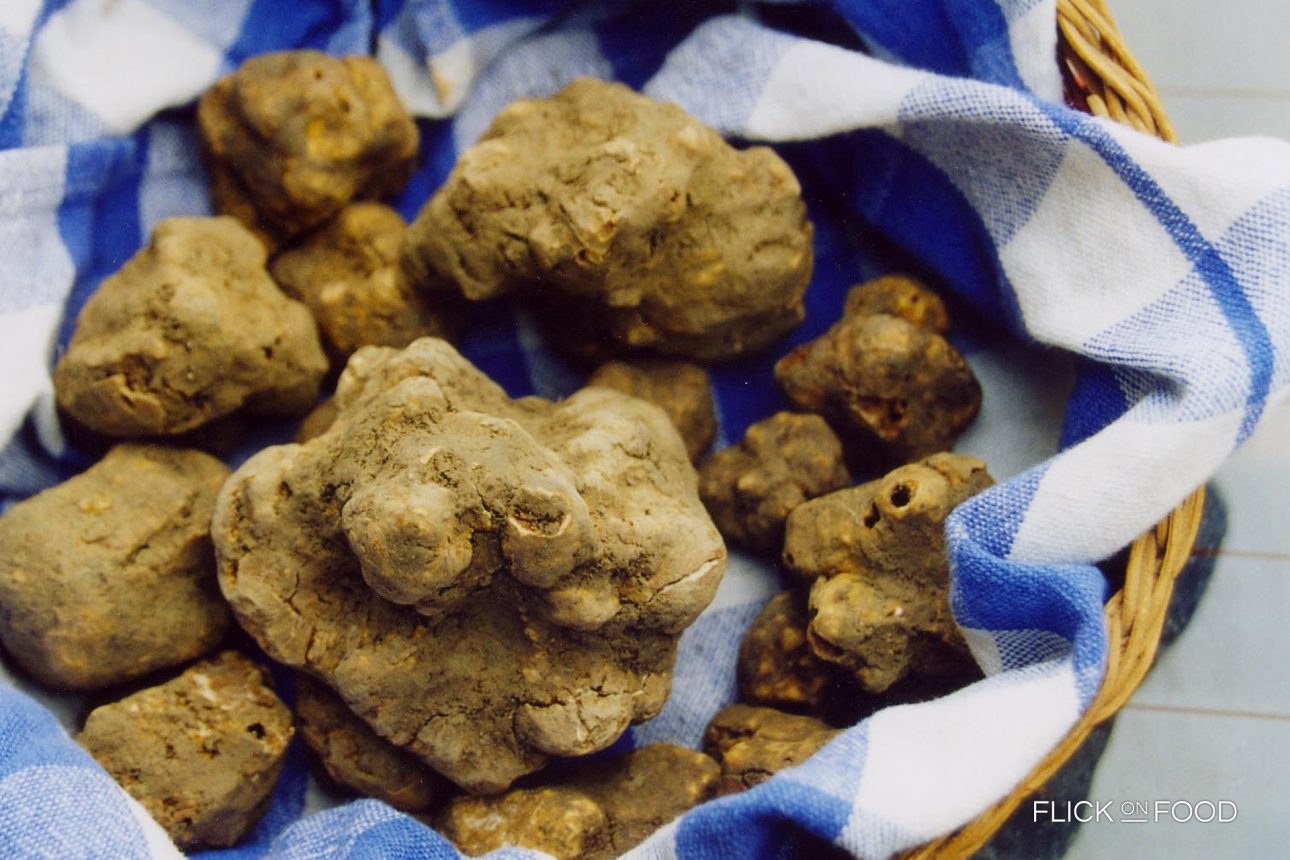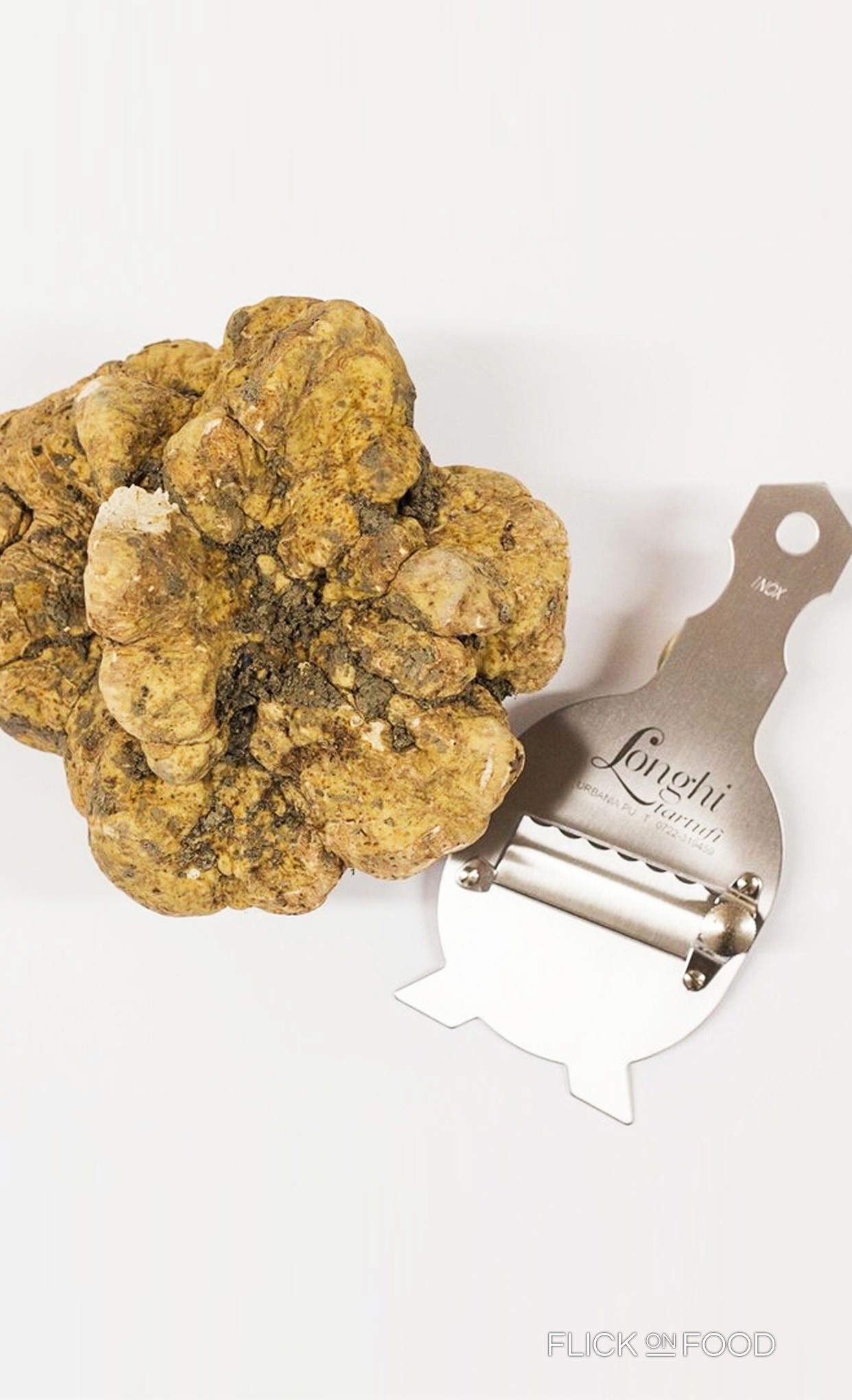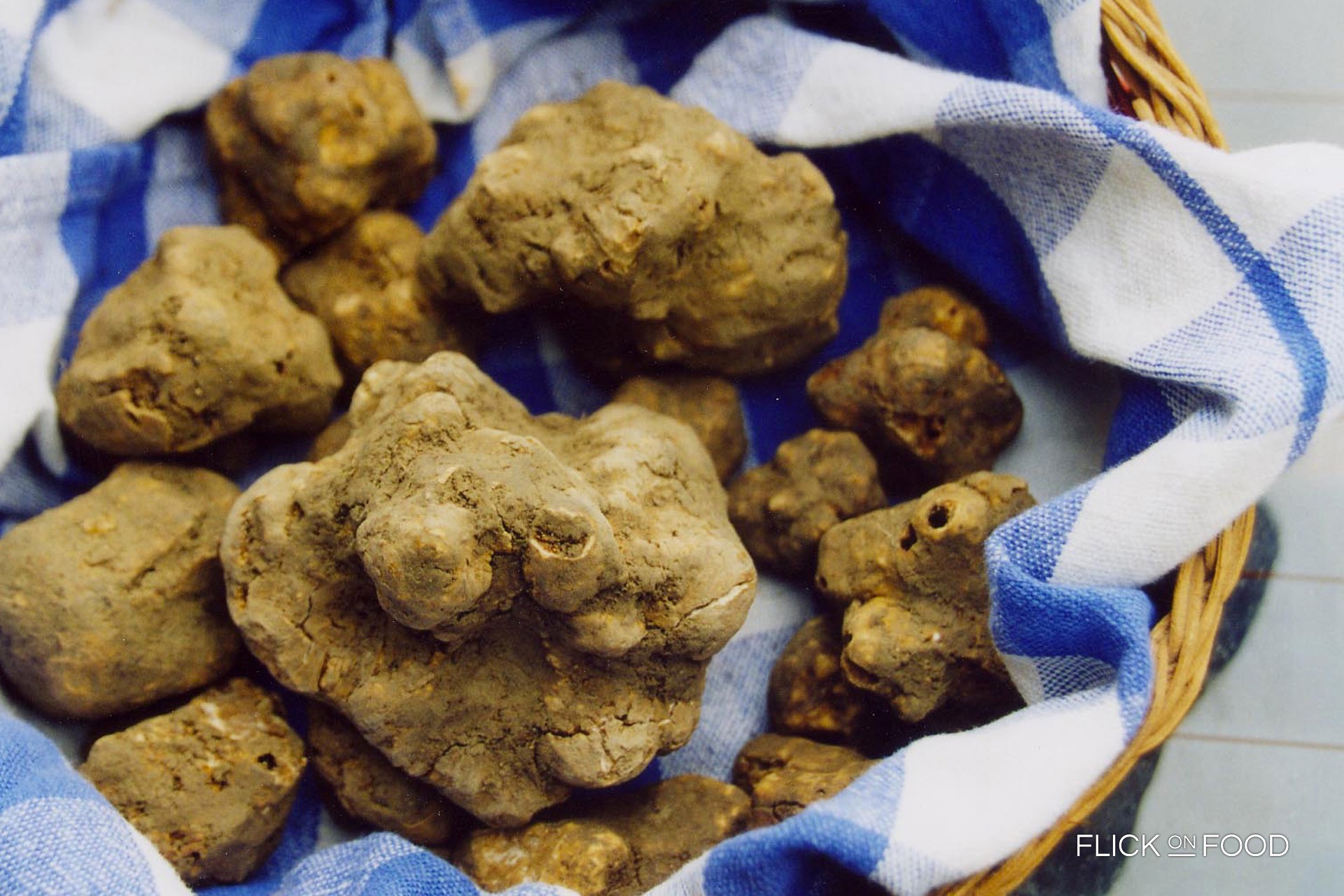
From September to December: white truffles are waiting for you!
Origin
The first news about the white truffle are from the IV century, from Alba, were the Savoia were using it often. It seems that Egyptians, Sumerians, Babylonian and Arabs knew this mushroom already. Its scientific name, Tuber Magnatum Pico, was introduced only in 1700, when Vittorio Pico studied it. It can be found in many different Italian regions, like Molise, Umbria, Tuscany, but Acqualagna in Marche and Alba in Piedmont are surely the two places where this truffle is more common (from here the denomination Tartufo bianco d’Acqualagna or Tartufo bianco d’Alba). In both locations, there is an annual fair dedicated to the white truffle, and the one in Acqualagna recently celebrated its 50th anniversary. The white truffle is very esteemed throughout the whole world.
Cook it
The white truffle is also named “refined” because is the most expansive among all truffles. It is not possible to cultivate it without altering its taste, so you have to look for it using good old manners, taking in consideration the environmental risk: the current climate situation could lower its availability. It is a true delight and it is often eaten raw to keep the original aroma. You don’t have to wash it, the only way to clean it is with the help of a small brush. After this, you can grate it or cut it. If you use the truffle cutter, you can get very thin petals, that you can lay down on a plate with tagliolini or you can also use it as a filling for casserole eggs. Also, you can gently warm it in a pan with some butter and then use is as a condiment. The smell will be incredible. The aroma of the white truffle in unique: emphasized, almost spicy, it recalls a bit garlic and grana cheese. A delight for true connoisseurs.
Did you know that?
According to an ancient legend, its history starts on the slope of the Olympus Mountain in Greece. To distract the beautiful Aphrodite, peevish because of a not tasty chicken, her husband Hephaestus, god of fire and Earth’s forces, put on the table a piece of burning carbon, he gave it the gift of life, and then he buried it next to a big oak. Zeus with a thunder fertilized the soil that later thanked them by giving birth to a precious pearl: the truffle. But maybe it was not Zeus who gave truffles the aphrodisiac properties associated with them. And those are not the only properties: according to some studies, truffles in general are full of antioxidants and digestive qualities. Good and healthy!



